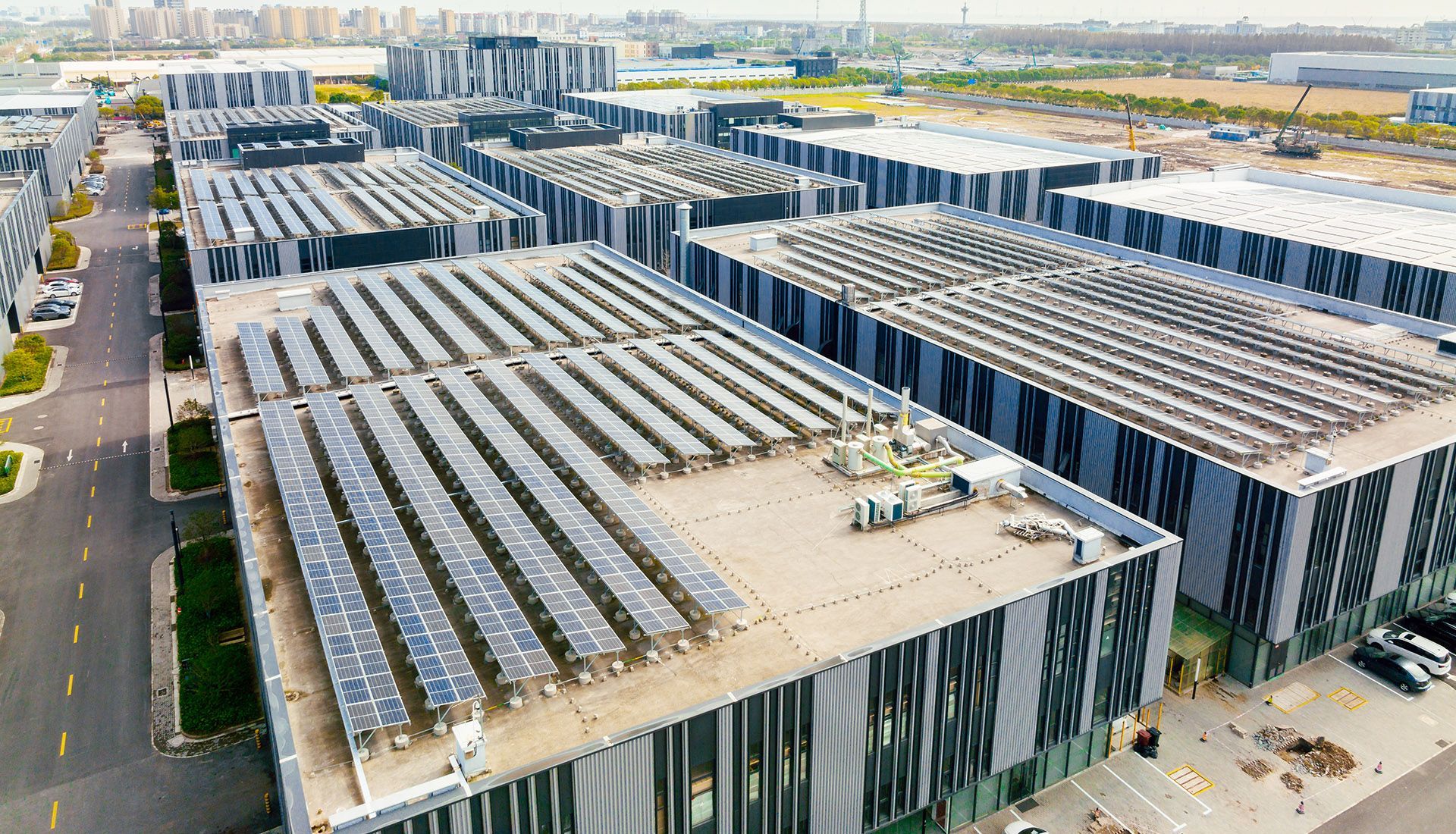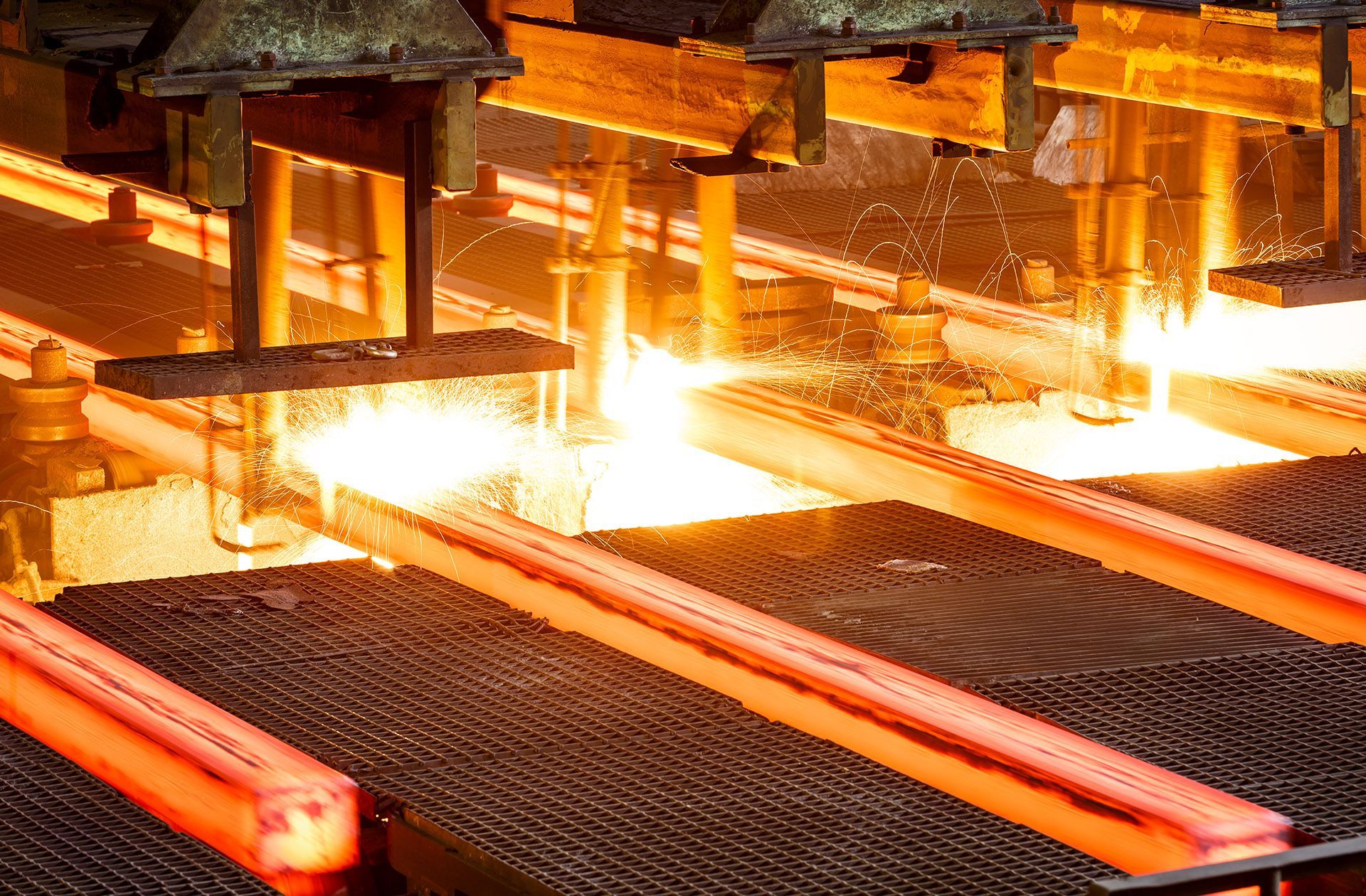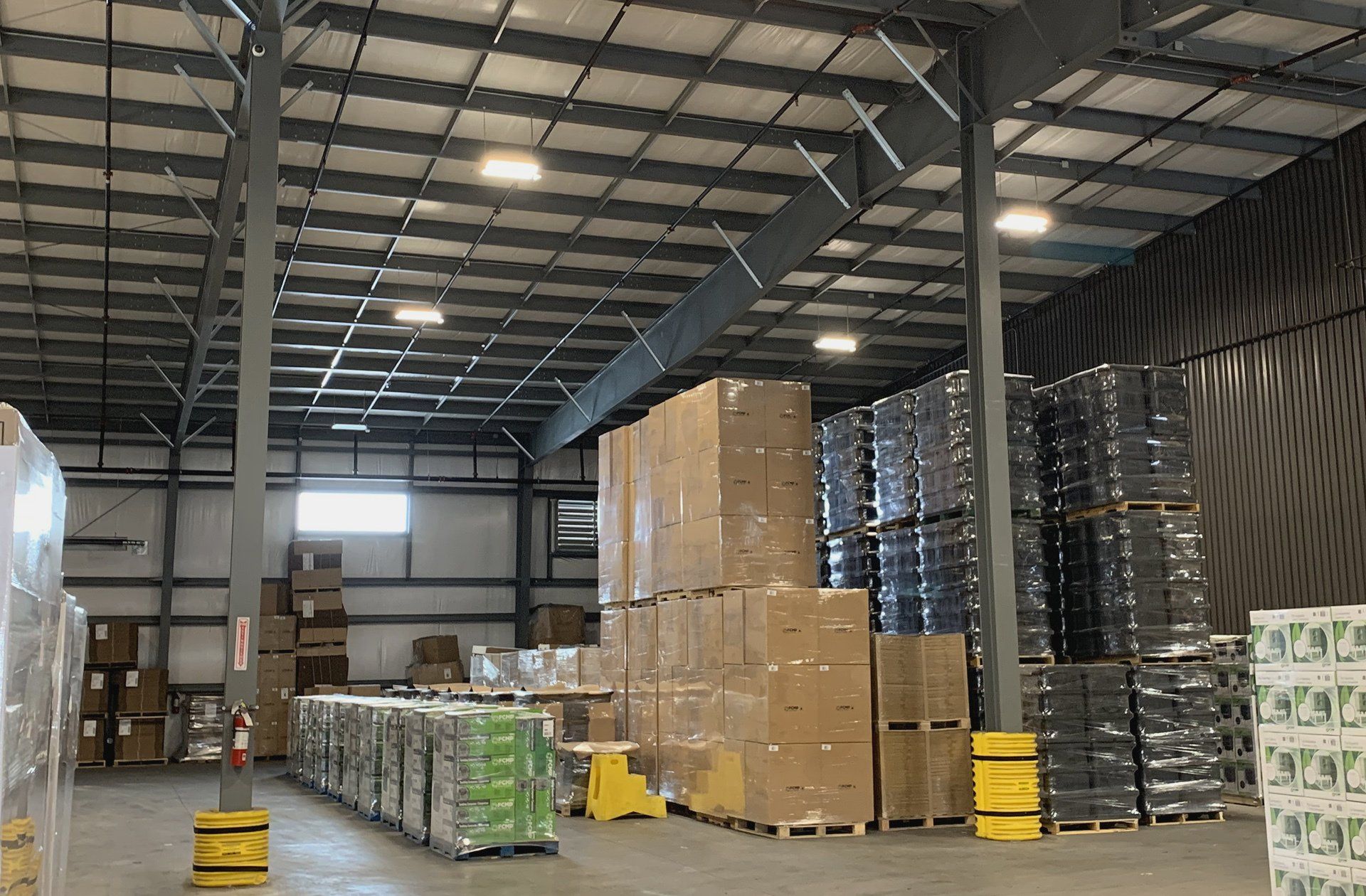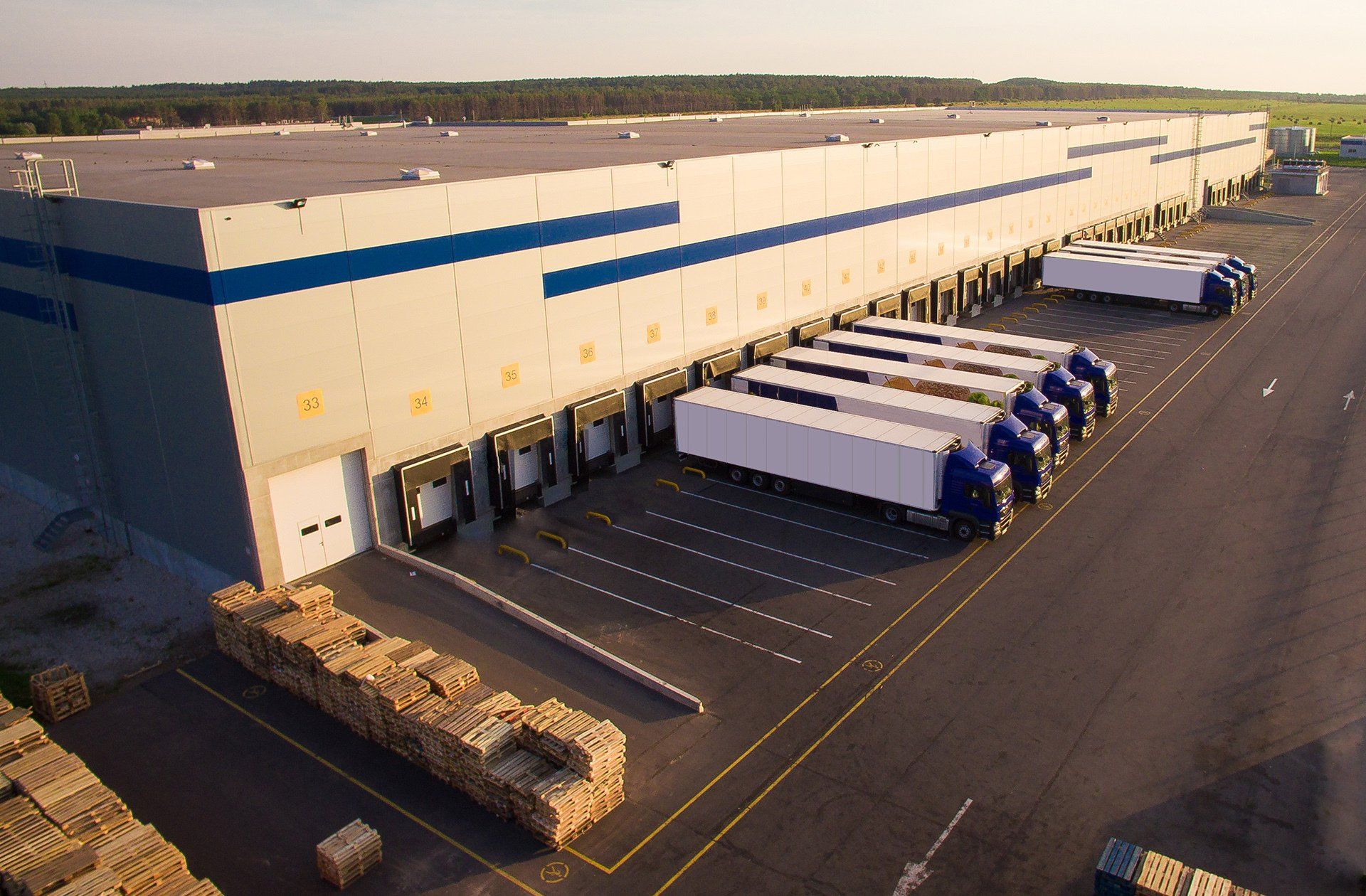The importance of capital budgeting for steel building projects
Long-term investment that will help maximize future returns in your business begins with thoughtful analysis and careful planning.
By
Darren Sperling and
Frank Melo.
In the ever-evolving business landscape, company owners and stakeholders face a wide array of possibilities for capital investment projects, usually with limited resources. The way capital is allocated must be prioritized to ensure maximum return on investment. One investment that consistently proves to be a smart choice for growing companies is to expand operational space and capabilities with the construction of a new steel building. The decision to undertake these types of capital projects should not be left to chance. Instead, companies need to employ rigorous formulas and best practices to determine the most advantageous course of action.
To assist new and growing companies in their capital decision-making, we explain why managers should prioritize their budgets for new industrial or commercial structures and summarize the steps for successful capital planning. Throughout our years in the pre-engineered metal building industry, experience has consistently demonstrated that following a proven process contributes positivity to long-term growth and company success.
The importance of capital budgeting
Capital budgeting is significant for businesses because it has a long-term impact on profitability, and it can be a decision that’s irreversible. A wise budget plan enables expenditure control, aids information flow and contributes to maximizing growth and wealth by acquiring tangible and appreciable assets. Moreover, capital budgeting is mindful of how risk and uncertainty play a pivotal role within the micro and macroeconomic aspects of your business’ industry and the economy on whole.
Capital budgeting is a meticulous process involving analysis, evaluation and prioritization of investments for large-scale projects, such as the construction of a new facility or
the expansion of an older one. Formulas and best practices help determine the best course of action and provide measurement to enable business managers to determine whether a capital project is worthwhile and if it will ultimately enhance company value. By incorporating expected cash outflows and inflows, capital budgeting aids in managing the financial risks associated with capital-intensive projects. Using a formal process for capital budgeting increases the likelihood of achieving better outcomes and removes the risks of subjective decision-making.
The implication to cash flow
It’s crucial to recognize the distinction between investing in buildings versus other capital investments like purchasing equipment that produces goods. New machinery generally has a shorter lifespan and focuses on cash flow while driving annual sales and profits. Equally important is the choice to invest into larger assets over the much longer life of the business and provide collateral that can lead to equity investment and financial necessary to expand operations. Buildings depreciate less and can be sold later to help shore up financial statements, stock price and inject liquidity when it is needed. These two types of investments make it tough to decide where to allocate retained earnings. Capital budgeting processes help to compare investment alternatives by estimating the timing and amount of cash outflows and inflows so businesses can make informed decisions. Evaluating various capital projects involves comparing their cash outflows and inflows. The two simplest methods for calculating a financial investment is to calculate the payback period (initial investment divided by net benefits) or straight-line return on investment (net benefits divided by total cost). These two formulas help make a tough choice easier to evaluate. We'll discuss other important financial budgeting calculations in a future article.
Two other considerations make the process a little more complicated: opportunity cost and the time value of money. Investing in a pre-engineered steel buildings requires considering the value of alternative investments. Choosing one direction always means forgoing another possibility. The time value of money considers the potential rate of return on an investment and the decrease in purchasing power caused by inflation over time. It emphasizes that a dollar today is more valuable than the same dollar in the future, highlighting the importance of factoring in the timing of cash flows. Your business’s timeline determine financial need and what assets and investment are most critical to reaching your goals. An investment into a pre-engineered steel building
means considerable savings over paying rent and having a valuable asset you can sell later, whether your company relocates or you have an exit event.
Create your ideal capital budget
Your company’s organization structure may determine how best to create your capital budget. Large organizations sometimes use a committee to oversee all projects, while small and midsize businesses rely on the owner or a small group of managers and executives, supported by accountants' advice. Regardless of structure, companies should follow four essential steps:
- Identify the long-term business need: Gather a list of existing problems and new ideas from across the organization, ensuring they include cash flow, cost and benefit estimates. More working space is usually at the top of the list.
- Evaluate and select the project: Screen proposals, review them with various stakeholders and analyze them based on evaluation criteria, while considering timing, priority and available funding. Sometimes it’s as important to match your ends to your means. Run calculations for payback period or straight-line return on investment.
- Implement the construction: Work with an experienced team, like Summit Steel Buildings, to develop an implementation plan and milestones.
- Review project performance: Continue to assess actual project results against the approved proposal throughout the schedule and conduct periodic review, all the while documenting details and keeping all parties informed.
Best practices for capital budgeting metal buildings
To optimize the capital budgeting process, companies should focus on cash flows rather than net income, be conservative with estimates, meticulously outline project timing, establish accountability and incorporate formal reviews throughout the entire project's lifecycle.
Capital budgeting offers numerous advantages, including a better understanding of risks, so companies can make better-informed decisions. Wise investment to capital increase shareholder wealth and give companies competitive advantage within the marketplace. A well thought out plan also helps to control expenditures and prevents either over- or under-investing. When working with significant dollar amounts that have as sizable impact on current and future operations, an intelligent plan makes all the difference.
Investing in capital assets is a wise choice for growing or established businesses
Capital budgeting is a critical component of effective financial management for companies when investing in a new steel building. By following a structured process that considers cash flow and incorporates key concepts, like opportunity cost and the time value of money, businesses can make informed decisions to maximize their returns and long-term success. As companies investigate the complex decision to invest their capital, strategic capital budgeting becomes an indispensable tool for driving growth and profitability.
Give us all call to discuss your building needs. Our team at Summit Steel Buildings is excited to learn more about your business and how we can provide you with a custom building solution suited for your long-range needs. Call us at 877-417-8335 for a free quote and to receive your preliminary drawings.
About the author
Darren Sperling has specialized in the engineering and delivery of pre-engineered steel buildings for over 15 years and has experience in over 20 countries worldwide. He can be contacted at Summit Steel Buildings at (877) 417-8335, by email at darren.sperling@summitsteelbuildings.com or on LinkedIn.











